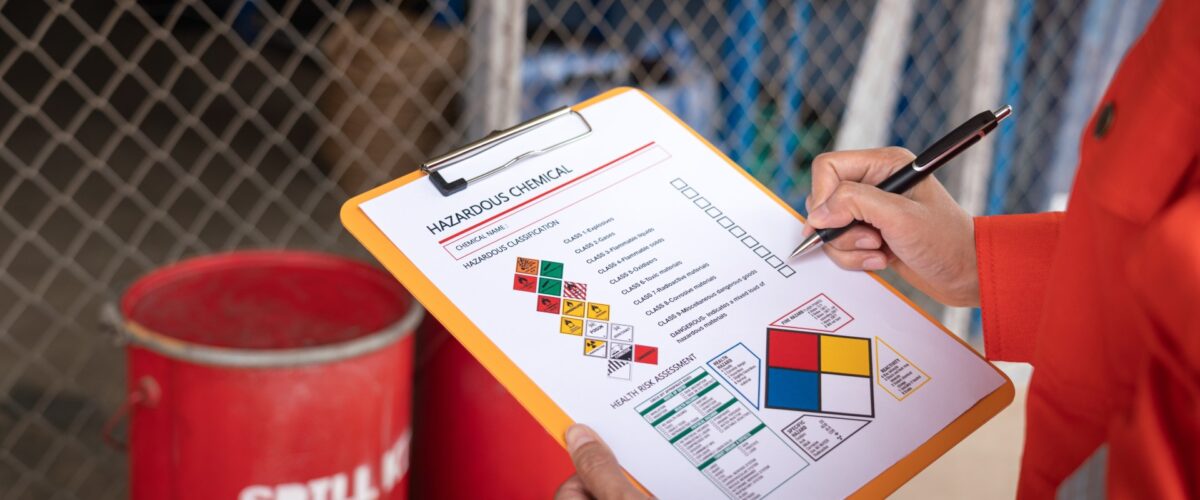- EPA (Environmental Protection Agency) Region 9.
- CalEPA (California Environmental Protection Agency).
- Regional Water Quality Control Boards (RWQCB).
- California Office of Emergency Services (Cal OES).
- California Department of Fish and Wildlife (CDFW).
- Local Certified Unified Program Agencies (CUPA).
Any facility in California storing oil or petroleum products above 1,320 gallons must establish a written Spill Prevention, Control, and Countermeasure (SPCC) Plan per EPA 40 CFR 112 regulations. SPCC plans outline containment, drainage systems, tank integrity testing, inspections, transfer procedures, recordkeeping, training, security, and spill response to prevent oil discharges into navigable waters. Developing a compliant customized SPCC plan can be challenging. CDMS offers turnkey SPCC planning and consulting services. Our engineers conduct in-depth facility assessments to address all required SPCC plan elements for your specific operation. We handle plan development, review requirements, and ensure proper certification by a licensed Professional Engineer. Let CDMS handle your SPCC planning so you can effectively prevent oil spills, avoid fines for non-compliance, and protect local water resources as required by law. Facilities that store, process, refine, use or consume oil is non- transportation-related and potentially subject to the SPCC rule. Oil of any type and in any form is covered, including, but not limited to: petroleum; fuel oil; sludge; oil refuse; oil mixed with wastes other than dredged spoil; fats, oils or greases of animal, fish, or marine mammal origin; vegetable oils, including oil from seeds, nuts, fruits, or kernels; and other oils and greases, including synthetic oils and mineral oils. SPCC’s are required for facilities that have over 1320 gallons of oil/petroleum-based products on site. Containers 55 gallons or larger are considered in calculating the threshold; however, once over the threshold all volumes must be addressed. This includes: CDMS will develop a Spill Prevention Control and Countermeasure Plan (SPCC) to comply with the state and federal requirements. The plan will address the following elements: The Plan will be certified by a Professional Engineer (PE) registered with the State of California, as required by the regulation. Employee Training Employees who may respond to spill issues related to the regulated tanks should be trained in the contents of the Plan. CDMS can conduct the required employee training for the SPCC Plan. Training will be conducted at the client’s facility. Training documentation will be provided. What is a Spill Prevention Control & Countermeasures (SPCC) plan? Who needs a Spill Prevention Control & Countermeasures (SPCC) plan in California? What does a Spill Prevention Control & Countermeasures (SPCC) plan include? How often must a Spill Prevention Control & Countermeasures (SPCC) plan be updated? Who can certify a Spill Prevention Control & Countermeasures (SPCC) plan? Where must the Spill Prevention Control & Countermeasures (SPCC) plan be kept? What are the secondary containment requirements? When must personnel training be conducted? What records must be kept for Spill Prevention Control & Countermeasures (SPCC) plans? How soon must spills be reported? What are the security requirements? How are buried metallic storage tanks inspected? When does a Spill Prevention Control & Countermeasures (SPCC) plan amendment need to be certified? What if a facility does not comply with its Spill Prevention Control & Countermeasures (SPCC) plan? Do aboveground oil tanks need to be registered? Can a Spill Prevention Control & Countermeasures (SPCC) plan template be used? How are piping leaks and spills prevented? Are Spill Prevention Control & Countermeasures (SPCC) plans required for hydraulic oil? Can SPCC plans be combined for multiple facilities? Spill Prevention Control & Countermeasures (SPCC) Plan
Regulatory bodies
Who needs it
Regulation reference
What our service provides:

Request a Free EHS Compliance Assessment
A Spill Prevention, Control, and Countermeasures (SPCC) plan is designed to prevent oil spills from reaching navigable waters or adjoining shorelines and to provide a framework for responding to oil spills if they do occur. The primary goal of an SPCC plan is to protect the environment, particularly bodies of water and sensitive ecosystems, from the harmful effects of oil spills.
Facilities storing over 1,320 gallons of oil aboveground or 42,000 gallons underground need a Spill Prevention Control & Countermeasures (SPCC) plan. Only containers 55 gallons or more count towards the thresholds.
A Spill Prevention Control & Countermeasures (SPCC) plan outlines procedures, methods, and equipment to prevent oil discharges. It covers containment, drainage, tanks, piping, transfers, inspections, communications, training, and more.
SPCC plans must be reviewed every 5 years and updated if necessary. Revisions must be certified by a Professional Engineer (PE).
A Professional Engineer (PE) licensed in the state where the facility is located must certify the SPCC plan.
A complete copy of the Spill Prevention Control & Countermeasures (SPCC) plan must be kept on-site at the facility.
Tanks must have secondary containment, like a dike or catchment basin, to contain a spill equal to the largest tank’s capacity.
Personnel training must be done within 6 months of hiring and then every 3 years after. Training must cover the Spill Prevention Control & Countermeasures (SPCC) plan contents.
Facilities must keep 5 years of spill incident reports, annual inspections, employee training, and plan amendments.
Any spill over 1,000 gallons must be reported to the Environmental Protection Agency (EPA) within 60 days. Spills under 1,000 gallons are recorded in the facility inspection log.
The Spill Prevention Control & Countermeasures (SPCC) plan must outline how tanks and containers are secured against unauthorized access and vandalism.
Buried tanks must have corrosion protection and leak testing every 5 years. Underground piping is visually inspected each year.
If there are technical amendments to methods of spill control or prevention, a Professional Engineer (PE) must certify the changes.
Facilities violating Spill Prevention Control & Countermeasures (SPCC) regulations may face Environmental Protection Agency (EPA) enforcement action including expensive fines.
In California, aboveground tanks over 1,320 gallons must be registered with the state and labeled per aboveground petroleum storage act.
Spill Prevention Control & Countermeasures (SPCC) plans must be tailored to the specific facility. The Environmental Protection Agency (EPA) prohibits the use of generic or template plans.
The Spill Prevention Control & Countermeasures (SPCC) plan addresses pipe supports, corrosion protection, leak monitoring, and routine visual inspections.
Yes, hydraulic oil and fluids are considered oil and subject to SPCC planning.
For facilities under the same owner, a combined Spill Prevention Control & Countermeasures (SPCC) plan can be used if all elements are facility-specific.



